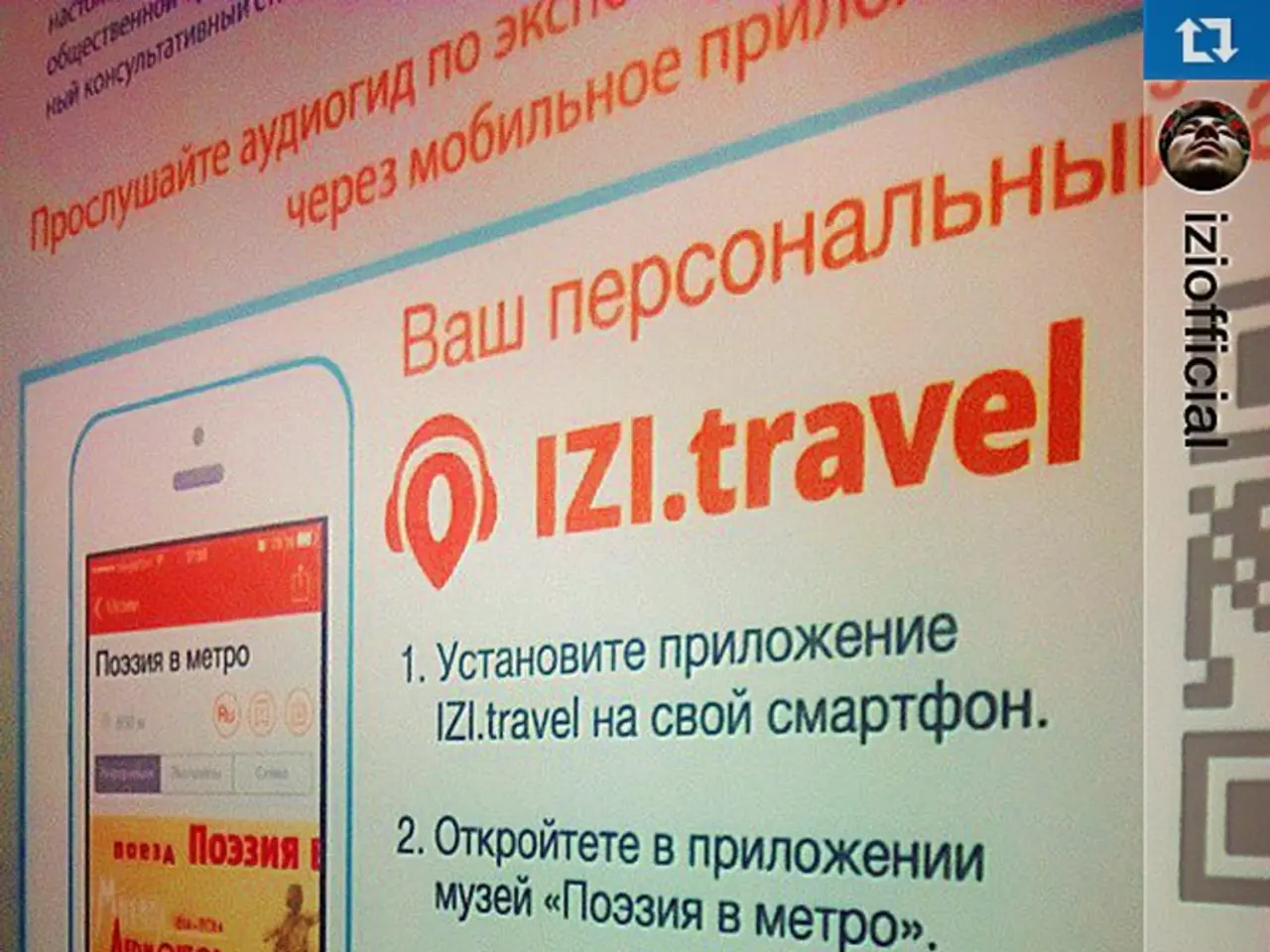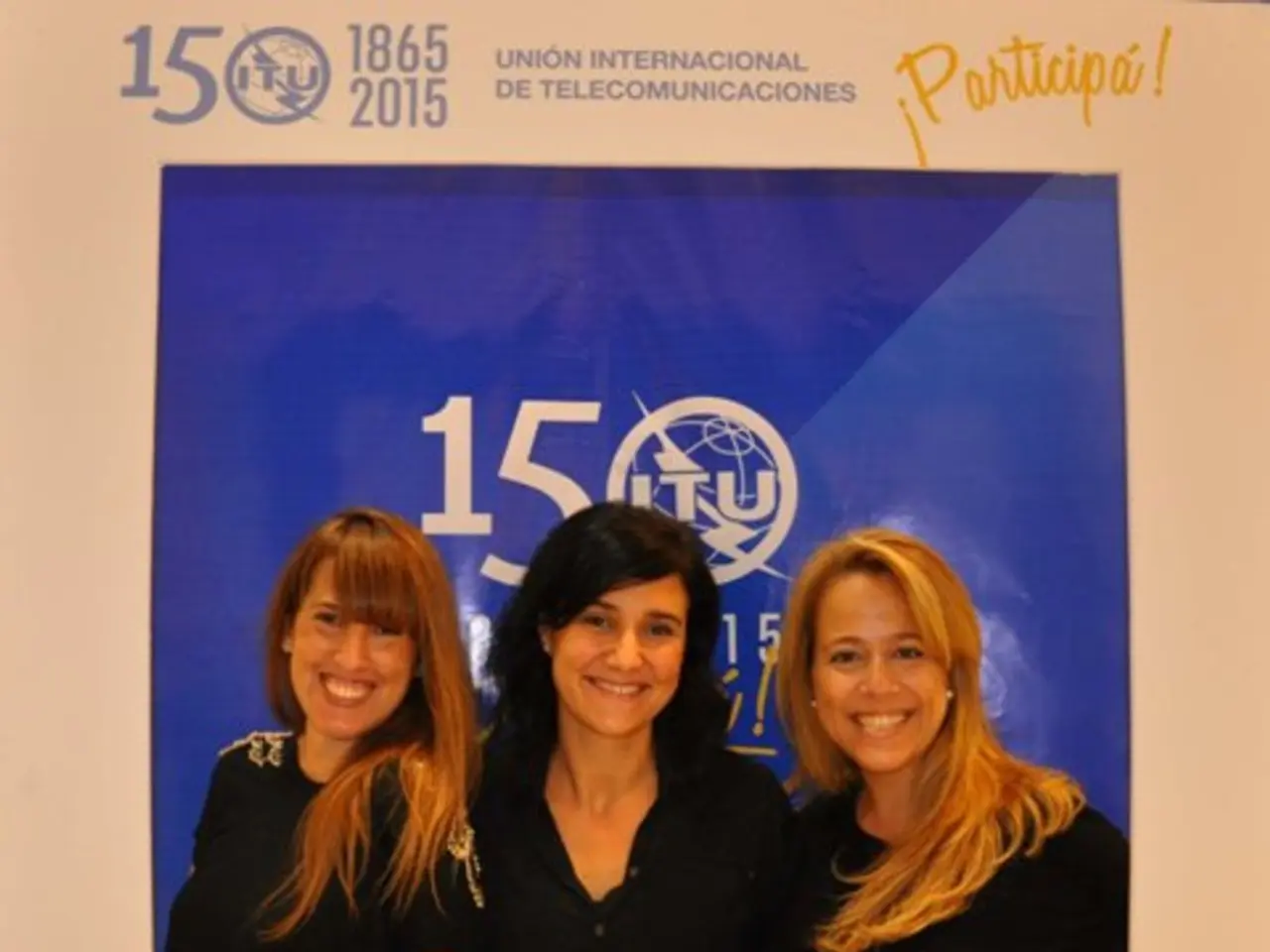Documentation bolstering emergent artists and dedicated collectors
In the rapidly expanding digital art world, documentation has become a cornerstone for both emerging and established artists. It serves multiple purposes, from ensuring authenticity and preserving artistic legacy, to building trust and fostering career growth.
One of the primary functions of documentation is to establish **provenance and authenticity**. Provenance, the documented history of an artwork, including its creation, exhibition, and ownership, is crucial for establishing authenticity, which directly impacts an artwork's value and credibility in the market. Documentation helps prevent forgery and ensures that digital artworks are genuine, a critical aspect given the ease of replication in a digital context.
Transparency and trust are other key benefits of documentation. Clear and transparent records help build trust between buyers and sellers, particularly in the resale market where verifying authenticity can be challenging. Blockchain technology is increasingly used to provide a secure and immutable record of ownership and provenance, enhancing market confidence and facilitating fair valuations.
Documentation also plays a significant role in the career development of emerging artists. By showcasing their work and artistic evolution over time, it serves as a portfolio, helping attract galleries, collectors, and other market participants. Establishing a clear provenance and ownership history demonstrates professionalism, increasing the chances of being recognised and supported by the art community.
In addition, documentation ensures the preservation and longevity of digital art. Digital art often requires specific technical conditions to be displayed correctly. Documentation of these technical specifications ensures that artworks can be preserved and exhibited as intended by the artist, contributing to their long-term accessibility and understanding for future generations.
Adopting best practices for documentation is essential for emerging artists. These include using standardized metadata, secure storage, and integrating blockchain technology. By doing so, artists can not only protect their work but also enhance their market presence and opportunities for growth.
Notarized bills of sale, identity checks, and proof of shipment are essential parts of every art transaction in the digital age. These notarized documents help to smooth the process, reduce uncertainty, and build trust, particularly for artists working remotely or across state lines. Mobile notarization services like DC Mobile Notary offer convenient, verified documentation, supporting artists and buyers in building trust.
In conclusion, proper documentation is vital for the digital art market. It protects both the financial investment and the artist's reputation, ensuring peace of mind for all parties involved. It allows artists to focus on their creative work instead of dealing with potential issues or damage control. By ensuring transparency, authentication, and preservation, documentation gives emerging artists' work added legitimacy, signaling professionalism and care, and preventing issues related to provenance or rights to reproduction. When every sale is backed by reliable documentation, the art market becomes not just larger, but stronger and more fair. Serious collectors expect clear purchase terms, proof of authenticity, and an agreement covering ownership transfer, and the digital art world should strive to meet these expectations.
In the realm of social media, properly documenting digital art serves as a powerful asset for artists, showcasing their work, artistic evolution, and career growth within the fashion-and-beauty and lifestyle sectors. By adopting best practices such as using standardized metadata, secure storage, and integrating blockchain technology, artists can engage with buyers, galleries, and collectors authentically, fostering stronger connections and building a solid reputation.
Online platforms, like social media and fashion-and-beauty websites, could benefit immensely from the adoption of reliable documentation, verifying authenticity and ensuring financial security for all parties involved. This transparency would instill trust, enabling a larger, more diverse community to engage with these art forms, potentially expanding the market and fostering innovation in the digital art world.




